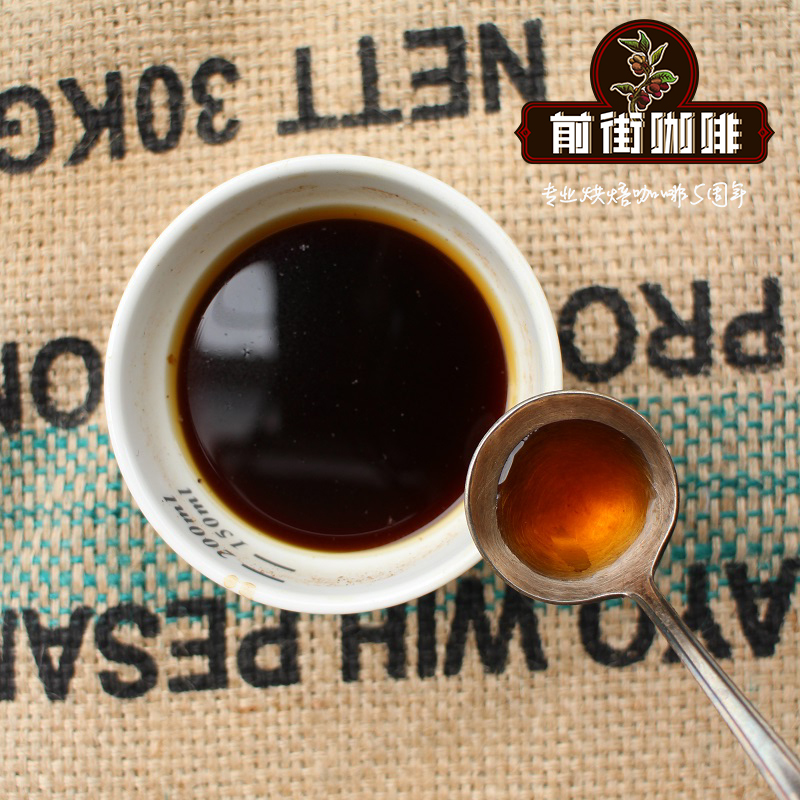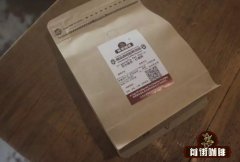Introduction to Costa Rican black honey treatment of rose summer: Costa Rican coffee taste

Professional coffee knowledge exchange more coffee bean information please follow the coffee workshop (Wechat official account cafe_style)
Costa Rica has a mild climate, rainy mountains and fertile soil formed by volcanoes, which makes it the most suitable environment for coffee growth. In addition to the superior growth environment, the Costa Rican government also had the foresight to vigorously develop the coffee industry at the beginning of the 19th century. So far, Costa Rican coffee has surpassed cocoa, tobacco and sucrose as an important cash crop and a major source of finance.
In 1821, the city government of San Jose distributed free coffee saplings to its neighbors, and then introduced preferential policies such as giving away land for five years. This series of policies make it the first country in Central and South America to establish a complete coffee industry. While 1/3 people in Costa Rica are engaged in coffee-related industries, it can be said that coffee is an integral part of the country.
Costa Rican coffee because of its high latitude, high altitude geographical factors, making a large temperature difference between day and night, coffee flavor substances are rich, has a good acidity, but also very soft and balanced. Due to the local volcanic soil is very fertile, and good drainage, so also have the necessary conditions for high-quality coffee.
Costa Rica has eight major coffee producing areas, namely: the Western Valley West Valley, the Central Valley Central Valley, Tarasu Tarrazu, Sanhe Tres Rios, Eurosci Orosi, Brenka Brunca, Duli Alba Turrialba, Guanacaster Guanacaste. Among them, Tarrazu is one of the major coffee producers in the world.
The Grupo Los Grande de Copey SA (Hacienda Copey) Group, founded in 2011, has three main estates, Hacienda Copey, Finca Tobosi and Finca Don Antonio. Finca Tobosi, located two hours south of the Costa Rican capital San Jose, is owned by the Jorge Bernes family in 2010. Jorge Bernes, who comes from a coffee family, has been growing coffee since his grandparents and was one of the first coffee growers in the Tarrazu region, apparently inheriting coffee-growing genes left over from his grandparents.
The average elevation of Finca Tobosi is between 1500 and 1600 meters above sea level, with varieties such as Red&Yellow Catuai, Villasarchi and Geisha, and a land area of 23 hectares. They strive to be perfect in the process of growing coffee. According to height differences and environmental tests and soil analysis, they have selected the areas that give best play to the characteristics of coffee to ensure the healthy growth and adequate nutrition of coffee beans.
Another manor Hacienda Copey is located in Dota de Copey, with a relatively large land area of 90 hectares and a higher elevation of between 1900 and 2000 meters. The planting variety is similar to that of Tobusch, but the microclimate is particularly different in different producing areas. It is worth mentioning that Finca Don Antonio, another estate owned by the Grupo Los Grande de Copey SA (Hacienda Copey) Group, which was founded in 2011, won the first place in the Costa rica COE competition in 2017, which is no accident under the competition of many contestants.
Producing area: Tarazhu planting altitude: 1500-1600m varieties: geisha soil species: volcanic soil classification standard: SHB treatment method: black dense treatment harvest method: artificial harvest
Dry aroma: black tea, strong floral aroma, brown sugar, blueberry wet fragrance: mango jam, honey, tropical fruit, powder round, strawberry sipping: Jasmine, citrus, black tea, grape, lemon, sweet
Toast, almond, cream, blackcurrant, vanilla, tree, honey, coffee pulp
Important Notice :
前街咖啡 FrontStreet Coffee has moved to new addredd:
FrontStreet Coffee Address: 315,Donghua East Road,GuangZhou
Tel:020 38364473
- Prev

Brazilian coffee bean grade characteristics and story Brazilian coffee bean import and export data
Professional coffee knowledge exchange more coffee bean information Please follow the coffee workshop (Wechat official account cafe_style) those who are familiar with Brazilian coffee must know that Brazil not only has high-quality fine coffee, but also is an indispensable basic bean in many blended coffees. The most important feature of Brazilian coffee is calm, so that people do not have to have too much burden on bitterness and sour taste, and the entrance is smooth.
- Next

How should red cherry coffee be brewed in the sun? Introduction of the Red Cherry Project
Professional coffee knowledge exchange more coffee bean information please follow the coffee workshop (Wechat official account cafe_style) speaking of Yejia Xuefei, I believe that many friends will immediately think of its floral fragrance and citric acid tone, today Qianjie Coffee would like to share with you the red cherry plan from Yejia Sheffield sun treatment of this bean ~ what is the red cherry project? Coffee in Ethiopia
Related
- Detailed explanation of Jadeite planting Land in Panamanian Jadeite Manor introduction to the grading system of Jadeite competitive bidding, Red bid, Green bid and Rose Summer
- Story of Coffee planting in Brenka region of Costa Rica Stonehenge Manor anaerobic heavy honey treatment of flavor mouth
- What's on the barrel of Blue Mountain Coffee beans?
- Can American coffee also pull flowers? How to use hot American style to pull out a good-looking pattern?
- Can you make a cold extract with coffee beans? What is the right proportion for cold-extracted coffee formula?
- Indonesian PWN Gold Mandrine Coffee Origin Features Flavor How to Chong? Mandolin coffee is American.
- A brief introduction to the flavor characteristics of Brazilian yellow bourbon coffee beans
- What is the effect of different water quality on the flavor of cold-extracted coffee? What kind of water is best for brewing coffee?
- Why do you think of Rose Summer whenever you mention Panamanian coffee?
- Introduction to the characteristics of authentic blue mountain coffee bean producing areas? What is the CIB Coffee Authority in Jamaica?

